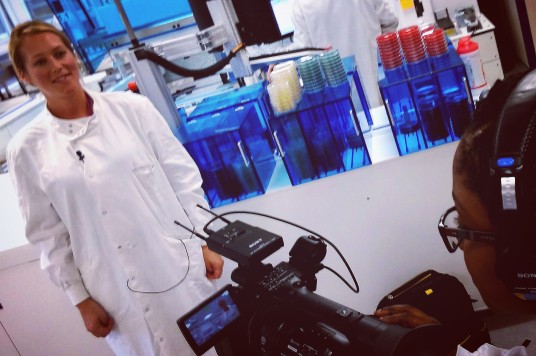Dr Angela Houston discusses ways that St George’s have been tackling tuberculosis.

Tuberculosis is a curable disease, but we need to work hard to beat it.
London has been labelled the TB capital of western Europe where England has the highest number of cases of the disease. And of the people with TB in England, 4 in 10 live in London.
Each month, I see up to 30 patients with TB at my clinics at St George’s in south London.
Identifying each person with the disease is very important. Although we can rid people of the TB infection, their treatment needs to be carefully managed. The antibiotics we use are a precious resource. The threat of drug resistance increases with each ineffective prescription and every time a patient forgets to take their tablets.
NICE’s new guideline will help us in our work. NICE wants health professionals to get on the front foot. The guideline recommends the use of rapid diagnostic technology to ensure we are giving the right treatment to the right patient as quickly as possible.
At St George’s Hospital we provide our patients with the integrated service they need. We work with South West London Pathology (SWLP) and St George’s, University of London to push TB research forward.

Together we have developed tests that incorporate whole genome sequencing, which will help us to find the genetic signature of the disease so we can identify and track outbreaks. And SWLP will soon be offering all GP practices in London a state of the art blood test for people who have moved to the London (from a country with high rates of TB) anytime in the last five years. This rapid diagnostic test is cost effective and will help us to spot new TB cases entering the capital.
One of the main changes in the new NICE guideline is the age at which we can now treat ‘latent’ (non-infectious) TB. It used to be that anyone above the age of 35 with latent TB was not given treatment for their illness. They would only receive medication if the TB became ‘active’ when they could infect other people. Under NICE’s new guidelines, my colleagues and I will treat latent TB in people up to the age of 65. The treatment for latent TB is considerably shorter, cheaper and means we are proactively preventing an active case from developing.

The NICE recommendations for TB are evidence-based, robust and align well with the management strategy set out by Public Health England. Taken together, and if adhered to, I believe we are now well equipped to finally eradicate TB in England.
The above article and photographs have been provided courtesy of The National Institute for Health and Care Excellence (NICE).


